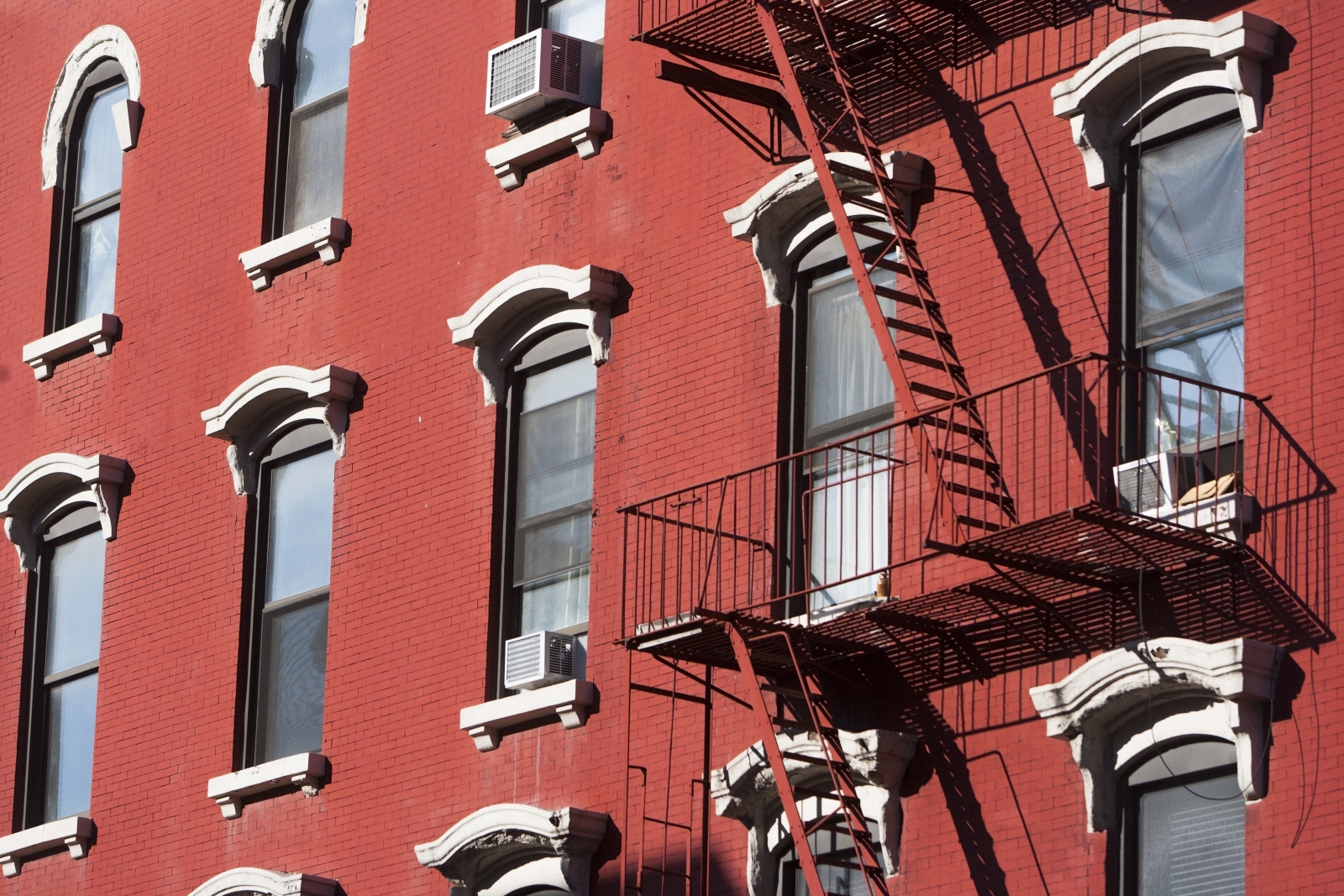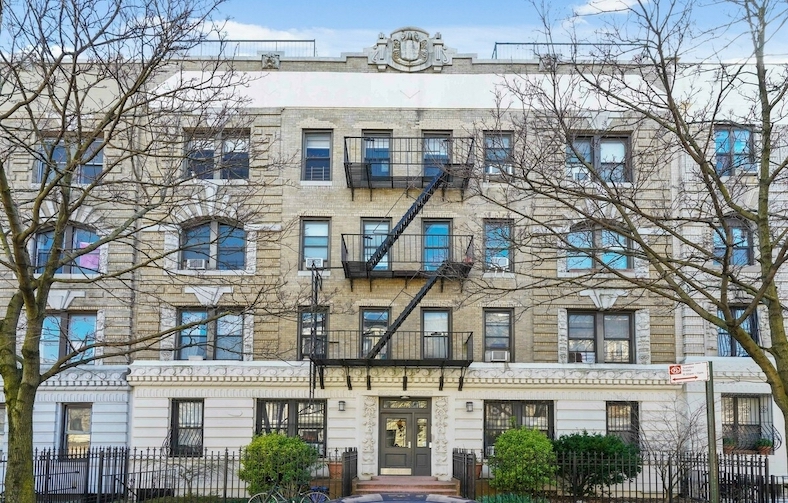
Many sellers are pricing their homes optimistically, then planning to cut the price if buyers aren’t interested. Data shows this may not be a wise strategy. (Getty Images)
In the current weak sales market, price cuts on NYC homes are rising. Yet even as many listings go “on sale” from their initial ask, few are actually lowering prices enough to attract buyers.
The share of listings on StreetEasy receiving price cuts rose to 32% in 2018, up from 20% in 2014. It remains elevated in 2019, with a third of all units active on StreetEasy through mid-June having received cuts. Sellers slashed a record $3.2 billion from the asking prices of all homes on StreetEasy in 2018, roughly 10% of their total value.
But our look at the data suggests that while many sellers are willing to make small concessions on prices, these cuts are often too small and too late in the sales process to generate significant new buyer interest.
With few sellers willing to make the concessions really needed — either through public price cuts or private negotiations — NYC homes are lingering longer on the market, and fewer are ultimately finding buyers.
Price Cuts on NYC Homes Don’t Get Many More Buyers Interested
Sellers may be tempted to price their listing aggressively at first, then rely on price cuts to draw interest if buyers fail to materialize. Data, however, does not support the wisdom of this strategy.
Yes, StreetEasy users are slightly more likely to save a unit in the week following a price cut than in the week preceding it. Of all listings with price cuts in 2018, 54% saw an increase in the number of user saves in the week after the cut.
But that additional interest often meant only one or two new saves. Of the homes with a cut in 2018, only 25% got five or more saves the week after a price cut.
And even five saves falls short of what the typical home needs to find a buyer. Homes that listed in 2018 and subsequently sold had a median of 49 saves during their first 12 weeks on the market. This includes 22 saves during their first seven days on the market for homes that sold, compared to 11 saves in the first week for homes that did not find a buyer.
The numbers are worse for StreetEasy users messaging agents about a particular home. Just 34% of homes with a price cut received a bump in messages from prospective buyers in the week after a cut. A substantial majority of price cuts — 66% — did not drive an increase in messages to agents.
So the broader picture painted by user activity shows that price cuts are unlikely to have a significant effect on buyer interest in a property.
With many new homes coming to market on a regular basis, the modest price cuts sellers are currently making appear to be neither enticing enough to draw new interest, nor deep enough to lead those currently interested to strike a deal.
Holiday Weekends Highlight the Struggle of Price Cuts
The days just after a major holiday weekend are among the most popular times for sellers to slash the prices on their listings. But looking at the spate of discounts that hit just after this year’s Memorial Day weekend shows the challenges of this tactic.
Nearly 200 sellers cut prices on their homes on Tuesday, May 28, 2019. While 62% of those listings received additional interest in terms of new saves in the following week, just 28% of them got more than five saves.
But it turns out that listings often see additional interest after a holiday weekend, whether they get discounted or not. Of the other 14,300 units on the market during the two weeks surrounding Memorial Day that didn’t receive price cuts, 31% saw a bump in user saves after the holiday, with 8% receiving more than five saves.
So it seems that price cuts only marginally reinforce a post-holiday bump that would happen anyway.
And neither pieces of this trend are truly encouraging to sellers. Because in that same week of late May, some 1,500 new listings came to market — making it likely that many of the older ones, whether they had price cuts or not, struggled to stand out.
What Cuts Really Signal: A Willingness to Negotiate
The main thing price cuts indicate is an opportunity to negotiate. Of all homes listed on StreetEasy from 2014 to 2018 that received a price cut and eventually sold, four out of five sold for below their final asking price.
That is, after publicly offering a discount off their original ask, 80% of sellers accepted an offer for even less. And we’ve seen this trend continue as the woes of the NYC sales market have extended into 2019.
How much are buyers saving with these price cuts? Quite a bit. Of homes that got a price cut while listed on StreetEasy and then sold for even less, the median total discount from first listing price to closing price was 10.5%. Roughly 6% of that came off the public listing, and 4% fell off in final negotiations.
This trend highlights what has become a crucial piece of advice for buyers. Listings that linger on the market have become prey for hard-bargaining buyers wielding lowball offers. Buyers should view price cuts as an opportunity to pick up a deal — not because of a unit’s new asking price, but because of sellers' apparent willingness to accept even less.
For sellers, the proliferation of price cuts underscores the importance of pricing aggressively from the outset. Since buyers see price cuts as opening salvos in a negotiation, such cuts could set expectations for deeper discounts than if the unit had been priced realistically at the outset.
Sellers’ Price Cuts Tend to Be Too Small
Despite a struggling sales market and an overall rise in the number of listings receiving a price cut, NYC sellers appear reluctant to make deeper cuts than in years past.
The median cumulative price cut for all units cut in 2018 was 6% of asking price, roughly unchanged since 2015, and well below the 8.7% median cumulative price cut in 2009, during the height of the last recession.
With prices on homes sold in Manhattan down more than 5% from the previous year — the largest drop since the recession — the market seems unlikely to be able to absorb the record levels of inventory without deeper cuts to listing prices.
As a result of this imbalance, an increasing share of homes that receive a price cut get more than one. Of units listed in 2018 that received a price cut, 43% were cut more than once.
Units receiving only one cut in 2018 received a median 4.6% discount, while units that received multiple cuts had a median initial cut of 3.9%. Those requiring one or more additional cuts had a median second cut of 3.7%, and the 10% of listings receiving three or more cuts had a median third cut of 3.4%.
Another Reminder That Buyers Now Hold the Power
Ultimately, the rise in price cuts reveals the negotiating leverage held by home buyers in New York City. Those tempted by the fall in prices to get into the market should feel empowered to negotiate, particularly on homes that have already had a price cut.
For sellers, these dynamics highlight the headaches of holding unrealistic expectations for too long. The longer a unit sits on the market, the more likely it is to sell below ask, and the harder it may become to find a buyer at all. Failure to attract buyers after a few weeks on the market is a signal that the pricing is off. The longer a unit sits on the market, the stronger this signal grows.
In order to avoid the cycle of ineffective price cuts, sellers and agents should do all the research they can to price strategically at the start — or offer a price cut that will truly turn buyers’ heads.
--
On the hunt for your next place in New York? Whether you're looking to rent or to buy, search NYC apartments on StreetEasy.








